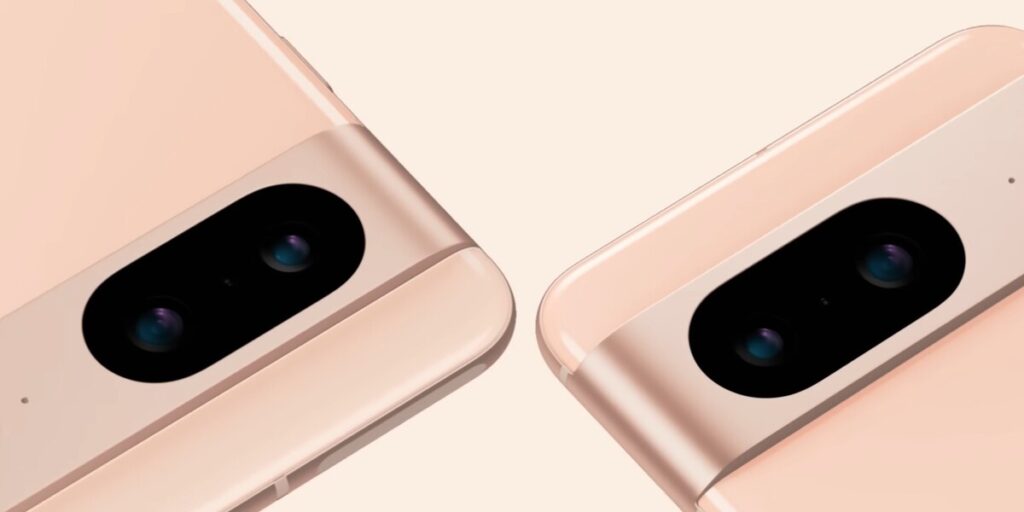The Google Pixel 8 series supports DisplayPort output via the USB-C port. This is despite Google denying the presence of any such feature on the phone. A new discovery reveals users can send DisplayPort signals to broadcast to an external screen using the phone’s USB-C port.
Pixel 8 Series Supports DisplayPort Output

In a post by Android enthusiast Mishaal Rahman, the Pixel 8 series was verified to support DisplayPort output through a USB-C port. However, Google had denied support for the feature in a statement to Android Authority earlier. It seems the company has chosen to deactivate the feature via software.
Rahman shared a workaround to activate the feature by rooting the device. In the USB Config file for the Pixel 8, Google has deactivated the DisplayPort property by default, but rooting the phone allows you to circumvent it.
While this method initially failed, one of the testers later achieved success after using a USB-C to USB-C cable, which was DisplayPort compatible. This means that you will need a compatible DisplayPort cable and a rooted device to enable the functionality on your device.
However, it is not recommended that you root your device as it will void your warranty and also brick your device if you are not careful enough.
Google Could Enable The Feature In Future Update
Google could add this feature through a software update in the future. It could arrive in the QRP1 or QRP2 update early next year. Reports claim the company was also working on a desktop mode exclusive to the Pixel 8 series but cancelled it before launch.
Other phones, like the iPhone 15 series, can transmit 4K HDR videos to an external display through the USB-C port. There is a high possibility that Google is working on optimizing the feature to release it in a future update.